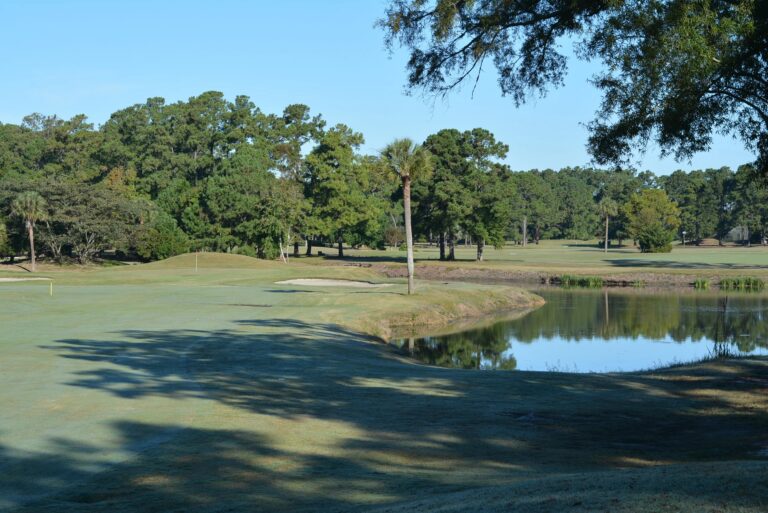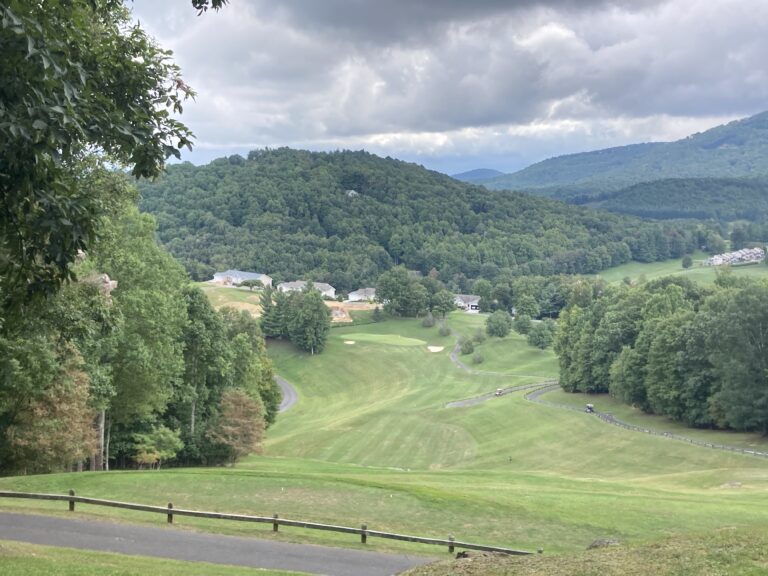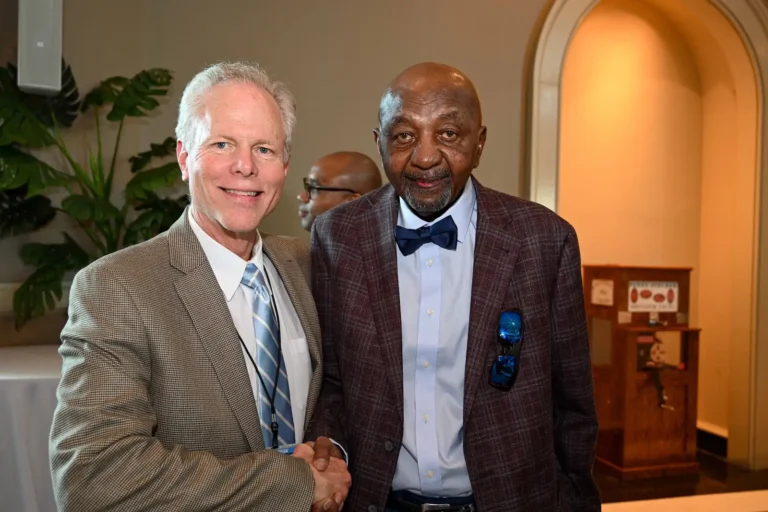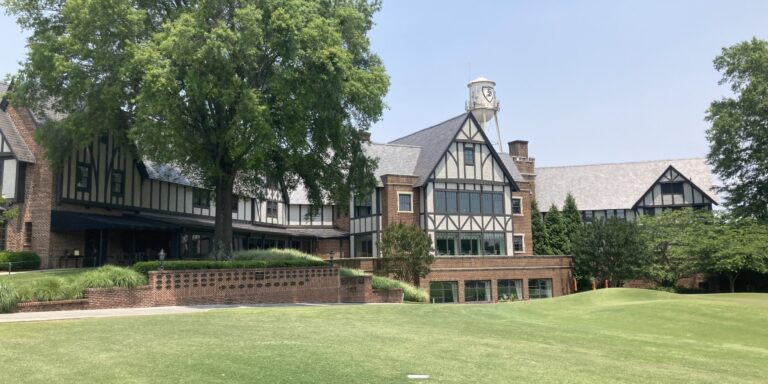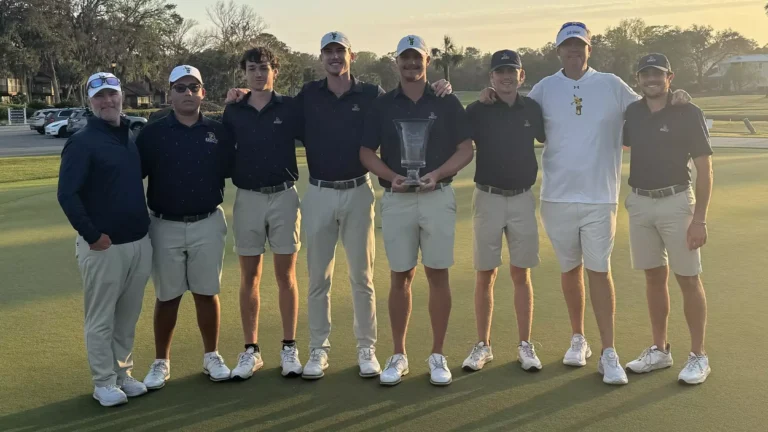Macy Pate is looking forward playing at the famous home of the Masters, Augusta National Golf Club, later this week. But first, she’s trying to focus on a nearby course, hoping her play at Augusta National isn’t limited to a practice round.
At the Augusta National Women’s Amateur, the 72 players invited into the field will play rounds Wednesday and Thursday at Champions Retreat, a modern course 15 miles northwest of Augusta National.
“I’m pretty excited about it,” said Pate, a 19-year-old sophomore from Winston-Salem. “It should be fun and challenging — at the same time.”
Only the 30 players (plus ties) that make the 36-hole cut, will advance to the final round Saturday at Augusta National. But on Friday, the entire field will have the opportunity to play a practice round at the famed course, which will play host to the Masters the following week.
So, until the conclusion of Thursday’s play, the field will try to concentrate their efforts on Champions Retreat, a course Pate expects to play extremely tough and long.
“You’re looking at hitting some hybrids and woods into greens,” Pate said.
Pate, a 19-year-old sophomore, will have her Wake Forest coach, Kim Lewallen, serving as her caddie. Wake assistant Ryan Potter is handling caddie duties for Pate’s teammate, Carolina Lopez-Chacarra.
Lewellen is becoming accustomed to the mid-season trip. A Wake player has earned an invitation each year since the tournament’s inception in 2019.
Wake’s Jennifer Kupcho won the inaugural event, punctuating the victory with an eagle at No. 13. Emilia Migliaccio was the runner-up in 2021 after a one-year hiatus due to Covid-19. Rachel Kuehn played in the event four times, finishing in the top 10 in 2022 and 2024.
Chacarra will be playing for the fifth straight year, but the Spaniard has never made the cut.
Pate who will get her first up-close look at Augusta National this week, said she strongly considered hiring one of Augusta National’s caddies to help her with the course’s treacherous greens, which can put first-time players at a strong disadvantage.
“I thought about it, but I backed out,” Pate said about hiring a local caddie. “(Lewellen) knows me pretty well and I decided she would be the best. It could be pretty nerve-wracking out there.”
Pate said she expected 13 to be reachable in two with a long shot over Rae’s Creek. Tee placement and playing conditions could be a major factor in strategy at 15, the back side’s other famous par-5 hole.
But the shortest hole on the back nine, the par-3 12th often infli Swirling winds undetectable from the tee make club selection difficult. Many Green Jackets have been lost on the hole on Sunday. In 1992, Fred Couples went on to win his only major title after his shot hit short of the green, but did not make the typical roll back into the creek.
“I’m probably most excited to hit the tee shot at No. 12,” Pate said.
Pate, No. 51 in the world amateur rankings, has had a solid spring for the Demon Deacons. In her last two stroke-play events, she tied for eighth out of 90 players and tied for 28th out of 75 — both in tournaments featuring many of the nation’s top players.
Last summer, Pate was the runner-up the North-South Women’s Amateur at Pinehurst No. 2.
“My game is feeling good,” she said.
Pate’s health is also better. She battled food poisoning during her tie for 28th at Colonial Country Club in Fort Worth, Texas, a course best known as the site of five PGA Tour victories by Fort Worth native Ben Hogan.



